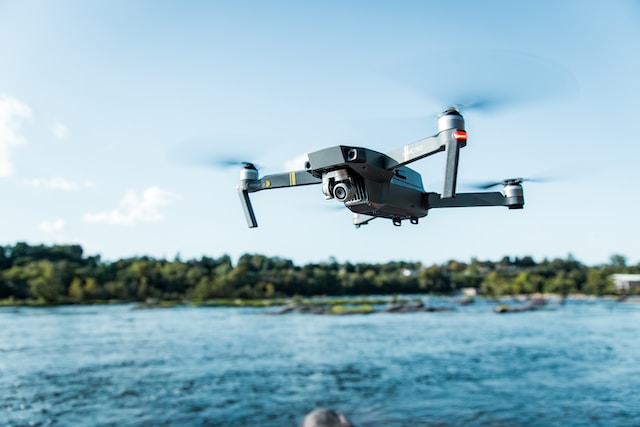Do Drones Have Night Vision?

In this digital age, technology continues to push the boundaries of what’s possible. One area where innovation has been particularly prominent is in the field of unmanned aerial vehicles, commonly known as drones. These flying wonders have evolved rapidly, with numerous applications ranging from aerial photography and surveillance to recreational use. Among the many features that have been incorporated into modern drones, one question arises: do drones have night vision capabilities?
Understanding the Basics of Night Vision
Before diving into the world of drones and their night vision capabilities, it’s essential to grasp the fundamentals of night vision technology. Night vision, also known as night optics or night vision goggles, allows individuals to see in low-light or near-dark conditions. It amplifies the existing light, making objects visible even when the surroundings appear pitch black to the human eye.
The Evolution of Night Vision
Night vision technology has come a long way since its inception. Initially developed for military purposes, it has since found its way into various civilian applications. The technology’s evolution can be categorized into generations, each marked by significant improvements in performance and image quality.
Generation 1 (Gen 1)
The earliest night vision devices, known as Generation 1, were introduced during the mid-20th century. While they provided a significant advantage in low-light situations, their image quality was relatively poor compared to modern standards.
Generation 2 (Gen 2)
Generation 2 night vision devices brought substantial improvements, offering clearer and brighter images. These devices became more accessible to law enforcement and some civilian markets.
Generation 3 (Gen 3)
Generation 3 marked a significant leap forward, with even better image quality and increased sensitivity to low light. These devices became standard issue for many military forces.
Generation 4 (Gen 4)
Generation 4 night vision technology is the latest development, featuring advanced image intensifiers and exceptional performance in low-light conditions. However, Gen 4 devices are typically reserved for military and law enforcement due to their high cost.
Drones and Night Vision
Now that we’ve explored the evolution of night vision technology, let’s turn our attention to drones and their night vision capabilities.
Night Vision Cameras
Many modern drones come equipped with night vision cameras or thermal imaging cameras. These specialized cameras allow drones to capture clear images and video footage in low-light conditions, making them invaluable for various applications.
Applications of Night Vision Drones
1. Search and Rescue
Night vision-equipped drones are instrumental in search and rescue operations, especially in situations where individuals are lost or stranded in the dark. They can quickly locate and provide assistance to those in need.
2. Surveillance
Law enforcement agencies and security firms use night vision drones for surveillance purposes. They can monitor areas of interest during nighttime hours without alerting potential intruders.
3. Wildlife Monitoring
Biologists and environmentalists employ night vision drones to study nocturnal wildlife behavior. This technology helps in gathering valuable data without disturbing the animals.
4. Aerial Photography
Photographers and filmmakers often use night vision drones to capture stunning aerial shots and videos during the twilight hours, adding a unique dimension to their work.
Night Vision vs. Infrared
It’s important to note that while night vision technology amplifies existing light, infrared (IR) technology detects heat signatures. Some drones use infrared cameras instead of traditional night vision cameras, which can be particularly useful for detecting warm objects, such as humans or animals, in the dark.
Conclusion
In conclusion, drones have indeed integrated night vision capabilities into their arsenal of features. This technology has opened up new possibilities and applications across various industries, from enhancing security to advancing our understanding of the natural world. As drones continue to evolve, we can expect even more impressive night vision capabilities in the future.




